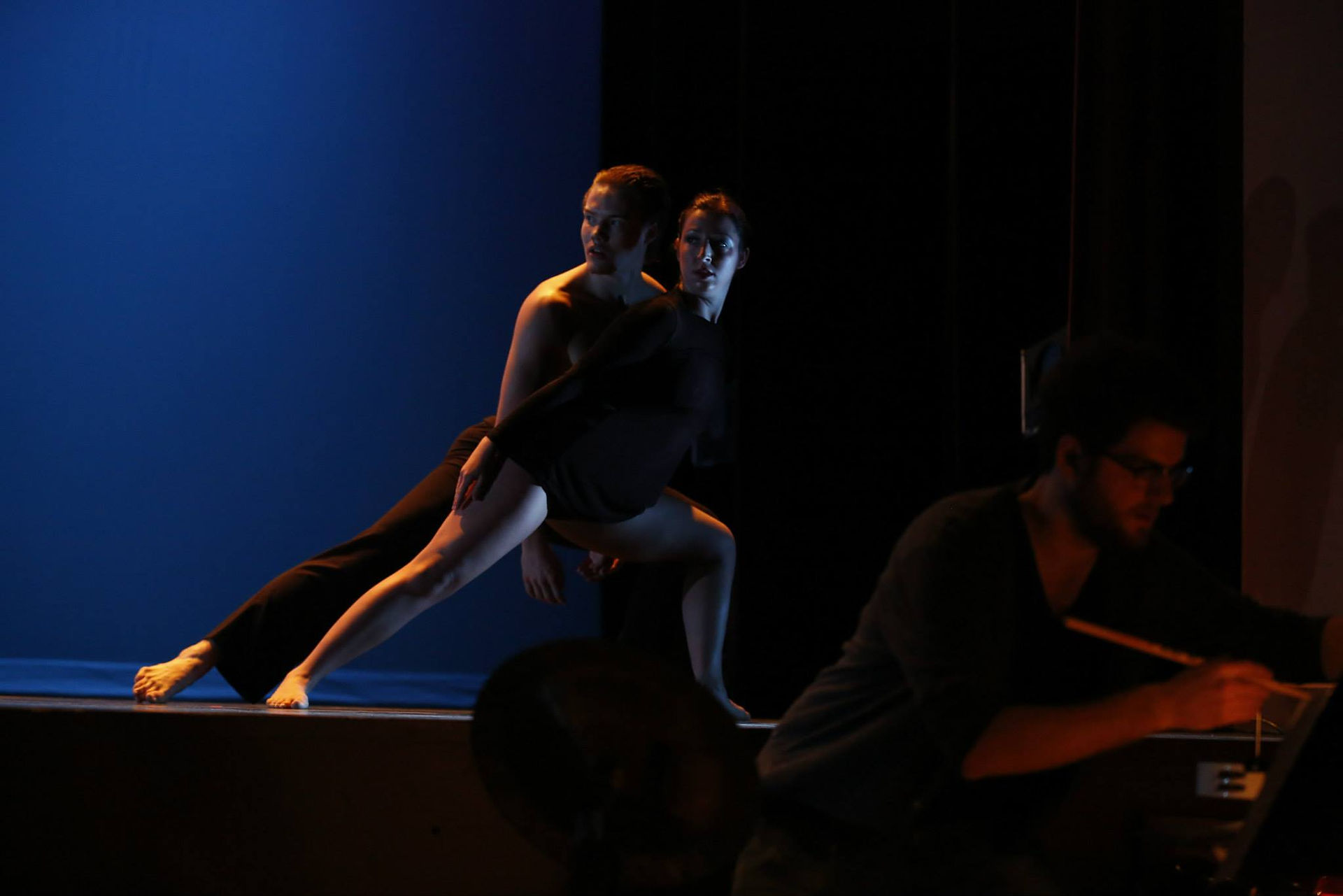

Afterimages(2016)
Winner of the 2016 Dean's Prize, best orchestra piece, Indiana University
for large orchestra
(3 (picc, 2nd = picc.)3 (E.H.) 3 (Bs. Cl.) 2 - 4 3 3 (Bs Tbn.) 1 - Timp. 3Pc. Pno. - Strings
Duration: 10'
Program Note:
The original inspiration of Afterimages came from a video and electronics piece I composed in 2015 titled To See in Color. The piece guided the audience through the anatomy of the human eyeball and explored what it means to see in color. Through composing To See in Color, I discovered that the “design” of our eyes is quite backwards. For instance, the photoreceptor cells (rods and cones) are located in the very back of our retina pointing in the opposite direction of the light source. As a result, in certain light we can see shadows of white blood cells coursing through the capillaries of our retinae. This particular effect is called the “Blue Field Entropic Phenomenon,” which makes an appearance in Afterimages.
The concept underlying Afterimages is based on three different natural phenomena that cause us to see objects and flashes of light that are not there. The piece opens with the concept of floaters in the eye, which is represented by chromatic noodling figures. Floaters are caused by debris in the fluid of our eyes. If the debris is close to the retina, it can cast shadows causing the appearance of floating objects. The second phenomenon, which largely guides the form of the piece, is the afterimage. The afterimage occurs whenever the photoreceptors in our eyes fatigue after we look at an intense image for too long. When we look away from the image, a faint ghostly impression will briefly remain in our vision. I emulate this by composing larger sections of music called “images” followed by “afterimages,” which are residual musical passages that either fade away or crossfade into new sections. I use the image/afterimage pair idea for large global sections as well as local events. For instance, towards the end of the piece, you’ll hear melodic material that is echoed in other instruments throughout the orchestra. The final phenomenon and climax on the piece is the aforementioned Blue Field Entropic Phenomenon, which causes one to see zips of lights as he or she stares into the clear, bright blue sky.
The form of the piece is designed as: Floaters in the Eye – Image/Afterimage I – Floaters in the Eye Return – Image/Afterimage II – Blue Field Entropic Phenomenon with Afterimages – Coda. The first image emerges out of the introduction and is lyrical in mood. A rhythmic ostinato drives an acrobatic flute solo. This ostinato is transferred to the high strings in the first afterimage. In direct contrast, the second “image” is pulsated and comical in character. In this section, you’ll hear an enthusiastic trombone section and flexatone player. The second “afterimage” surges with harmonies from “Image II” played by the strings using a circular bowing technique. In this moment, you’ll hear remnants of rhythm and previous sounds cutting through the veil-like texture of the strings. In the final section, flitting woodwind lines and string ricochet bowing represent the Blue Field Entropic Phenomenon. Following this moment, “afterimages” of previous melodic fragments come and go. In this concluding section, listen for earlier ideas to “float” throughout the orchestra.